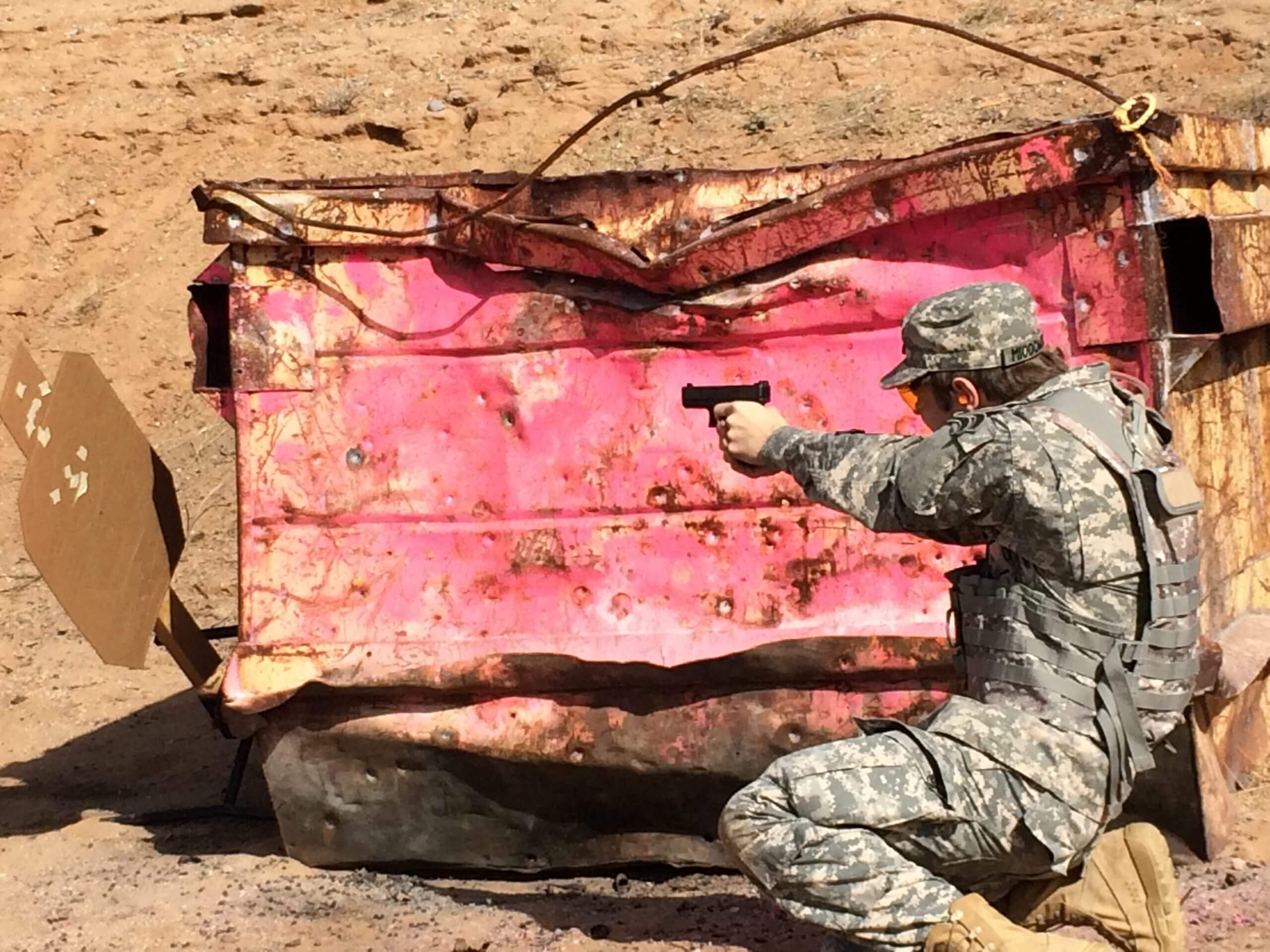The Neck Drag
This niche patient movement technique, stolen right out of infantry manuals, is useful if you need to stay below the smoke of a fire, or if you need to move a patient while staying behind low cover, or even in confined space rescue, like from a narrow culvert.











